Description
What is Omni Dipole Lora Antenna 915MHz Rubber Duck Antenna?
The CTRF-ANTENNA-AP-0915-13197-RPSMA-B item is an Omni Dipole Lora Antenna 915MHz Rubber Duck Antenna including the 902MHz, 915MHz, 928MHz, it comes with a black plastic antenna radome with 13x197mm size and 3dBi gain Omni dipole antenna manufactured by C&T RF Antennas Inc.
The Omni Dipole Lora Antenna 915MHz Rubber Duck Antenna has a standard RP-SMA connector inserted into the plastic radome for indoor-outdoor use.
The Omni Dipole Lora Antenna 915MHz Rubber Duck Antenna same style also has the 400-480Mhz frequency UHF antenna style, 4G LTE antenna style, 2.4G 5.8G Wifi antenna style, and 3G GSM antenna style.
The Omni Dipole Lora Antenna 915MHz Rubber Duck Antenna is supplied by C&T RF Antennas Inc., the leading internal and external 915MHz antenna manufacturer.
C&T RF Antennas Inc. provides internal & external antennas with antenna radio frequencies such as NFC, 169MHz, 230MHz, 315MHz, 433MHz, 868MHz, 915MHz, VHF&UHF, Lora, NB-IoT, ADS-B, GSM, GNSS, GPRS, 1.2 GHz, 1.4 GHz, 1.8 GHz, Wi-Fi 2.4 GHz, 5.8 GHz, Cellular 2G, 3G, 3.5 GHz, 4G LTE, GPS, 5G NR, 6G, etc.
C&T RF Antennas Inc. provides RF antennae with Omni & Directional antenna types such as Dipole Antennas, Whip Antennas, Marine Antennas, Router Antennas, MIMO Antennas, Combo Antennas, PCB Antennas, FPC Antennas, Spring Antennas, Magnetic Antennas, Sector Antennas, Yagi Antennas, and Accessories, etc, for IoT & M2M industries.
Contact us for more Omni Dipole Lora Antenna 915MHz Rubber Duck Antenna details such as Omni Dipole Lora Antenna datasheet, Omni Dipole Lora Antenna pricing, and Omni Dipole Lora Antenna inventory.
Omni Dipole Lora Antenna 915MHz Rubber Duck Antenna Specifications
Omni Dipole Lora Antenna 915MHz Rubber Duck Antenna Electrical Specifications |
|
| RF Antenna Type | Omni Rubber Duck Antenna |
| Model | CTRF-ANTENNA-AP-0915-13197-RPSMA-B |
| Frequency Range | 902-928 MHz |
| Gain | 3dBi |
| VSWR | ≤2.0 |
| Impedance | 50 Ω |
| Polarization | Linear/Verticle |
| Directional | Omnidirectional |
| Connector | RP-SMA Male |
| Max Power | 50W |
| Lightning Protection | DC-Ground |
Omni Dipole Lora Antenna 915MHz Rubber Duck Antenna Mechanical Specifications |
|
| Dimension | 13*190mm |
| Weight | Approx. 15g |
| Radome Material | Plastic ABS |
| Operation Temperature | -20˚C ~ +85˚C |
| Storage Temperature | -40˚C ~ +80˚C |
| Color | Black |
| Antenna Design | Dipole Array |
| Mounting | SMA Connector |
| Safety Emission and other | RoHS Compliant |
| Applications | ISM/SCADA/Utilities, IoT/NB-IoT/LoRa/PCS, etc. |
Comparison of Lora and ZigBee
Lora
Main frequency band
470MHz in China, 902-928MHz in other parts of Asia, 868MHz in Europe, and 915MHz in America
At present, compared to NB-IoT, LoRa is currently the most mature and stable narrowband IoT communication technology. Its freely networked private network is far superior to the NB network that operators continue to charge, and LoRa does not need to pay for one-time networking for life.
However, the application of LoRa for IoT communication development is a difficult, long cycle, and has high barriers to entry.
Lora advantages
Long communication distance (suitable for a radius of 500m~2km, and a communication distance greater than 7000 kilometers, which solves the problem of low power consumption and long-distance);
long battery life optimized for low power consumption (connect only when the Aloha method has data, battery Working for several years);
Low cost (unlicensed spectrum, the lowest cost of long-distance communication, outdoor without network), centralized low frequency, a small number (non-video);
Long-distance data transmission (and sensor integration), networking Convenient and stable (compared to 2.4G and Bluetooth, WiFi, and other technologies);
Anti-interference (there is the function of LBT in the protocol, based on the Aloha method, with automatic frequency jump and rate adaptation function);
Disadvantages of the LoRa module
1. Spectrum interference.
The development momentum of LoRa is very good. With the increase of LoRa equipment and network deployment, there will be a certain amount of spectrum interference between each other.
2. A new network is required.
During the LoRa deployment process, it is necessary to build new signal towers, industrial base stations, and even portable home gateways (to solve the problem of high concurrency, a strong ability to receive information is required to meet the requirements of a large number of nodes.
Gateways often use multiple transmitters that transmit and receive simultaneously. Meet the requirements of the star network structure).
3. Base station under construction
4. Low rate.
LoRAWAN’s current domestic standard supports 292bps-5.4kbps
Application scenarios & suitable fields
Applications in the field of smart cities include energy management, smart buildings, smart production, smart agriculture, etc.
Classification of Lora’s equipment
About the Lora Agreement
LoRaWAN, CLAA, and LinkWAN all have their advantages.
NB-IoT:
The operator guarantees the signal quality of the communication.
Zigbee:
The mesh is suitable for short distances, only suitable for occasions with dozens of nodes, and can be divided into different networks.
WIFI:
Fast speed, large power consumption, large data volume, a short distance;
Bluetooth:
The maximum communication distance is 30 meters, needs to be paired
2G/3G/4G:
Good signal, super long distance, high power consumption, and high cost.
Comparison of NB-IOT/LoRa/Zigbee wireless networking solutions
There are two networking methods for the networking of IoT device nodes, wireless networking, and wired networking. We commonly see wireless networking such as Zigbee, LoRa, NB-IoT, etc., among which Lora/NB-IOT belongs to LPWAN technology.
LPWAN technology has the characteristics of wide coverage, multiple connections, low speed, low cost, and low power consumption.
An obvious advantage of NB-IoT is that data can be directly uploaded to the cloud after data collection, without a gateway, which simplifies field deployment. Generally, when deploying a gateway, you need to consider the location, surrounding signal influence, and many other factors.
Features of Omni Dipole Lora Antenna 915MHz Rubber Duck Antenna

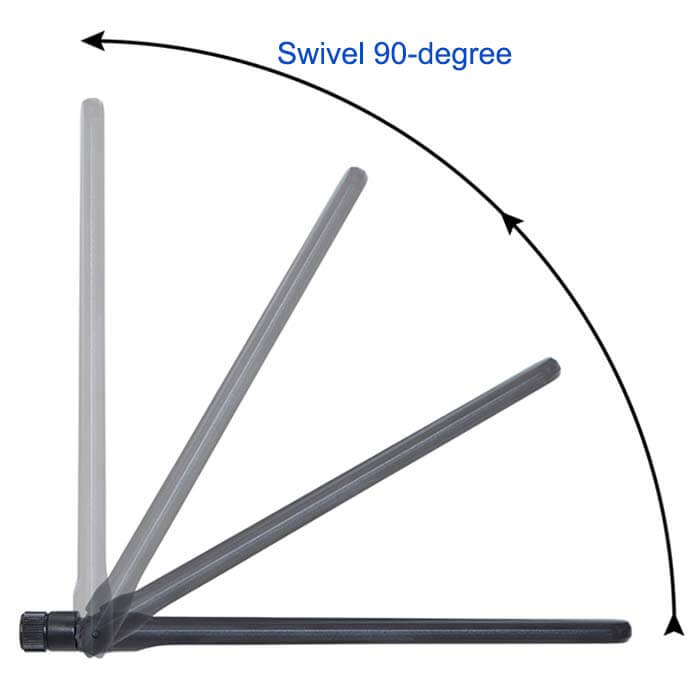
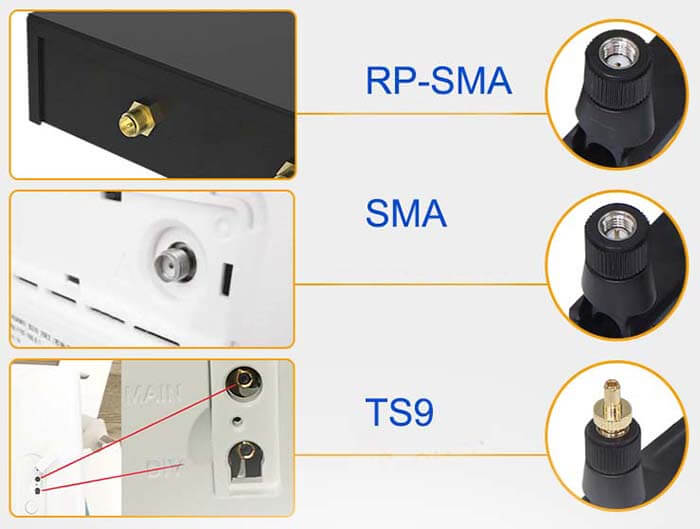

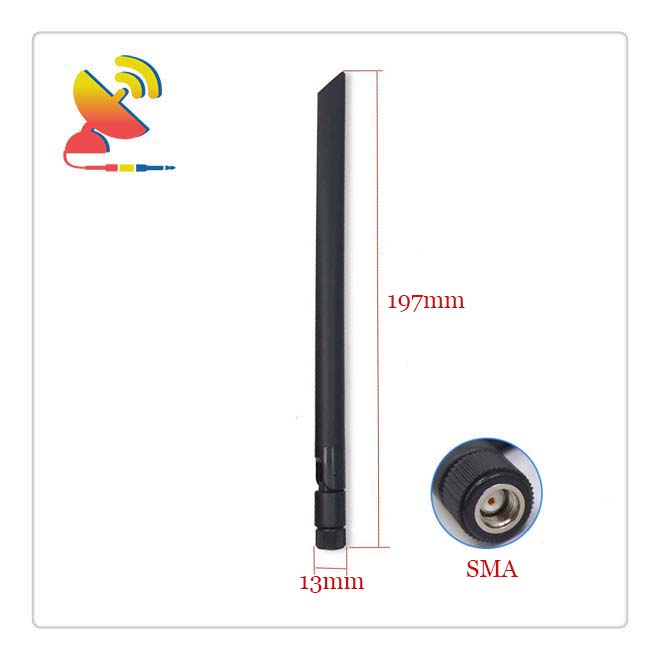
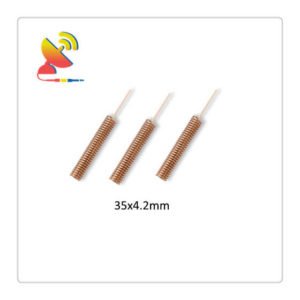
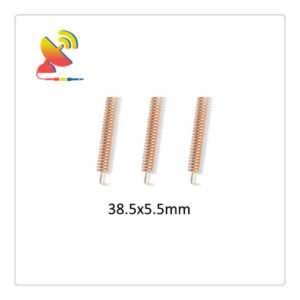
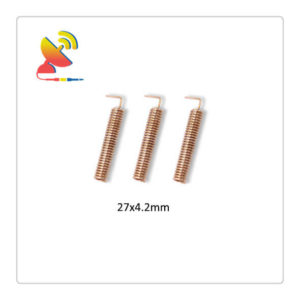
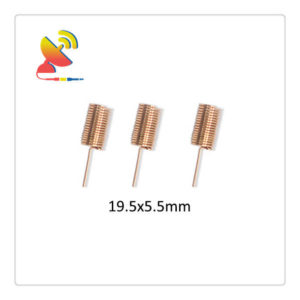
Reviews
There are no reviews yet.